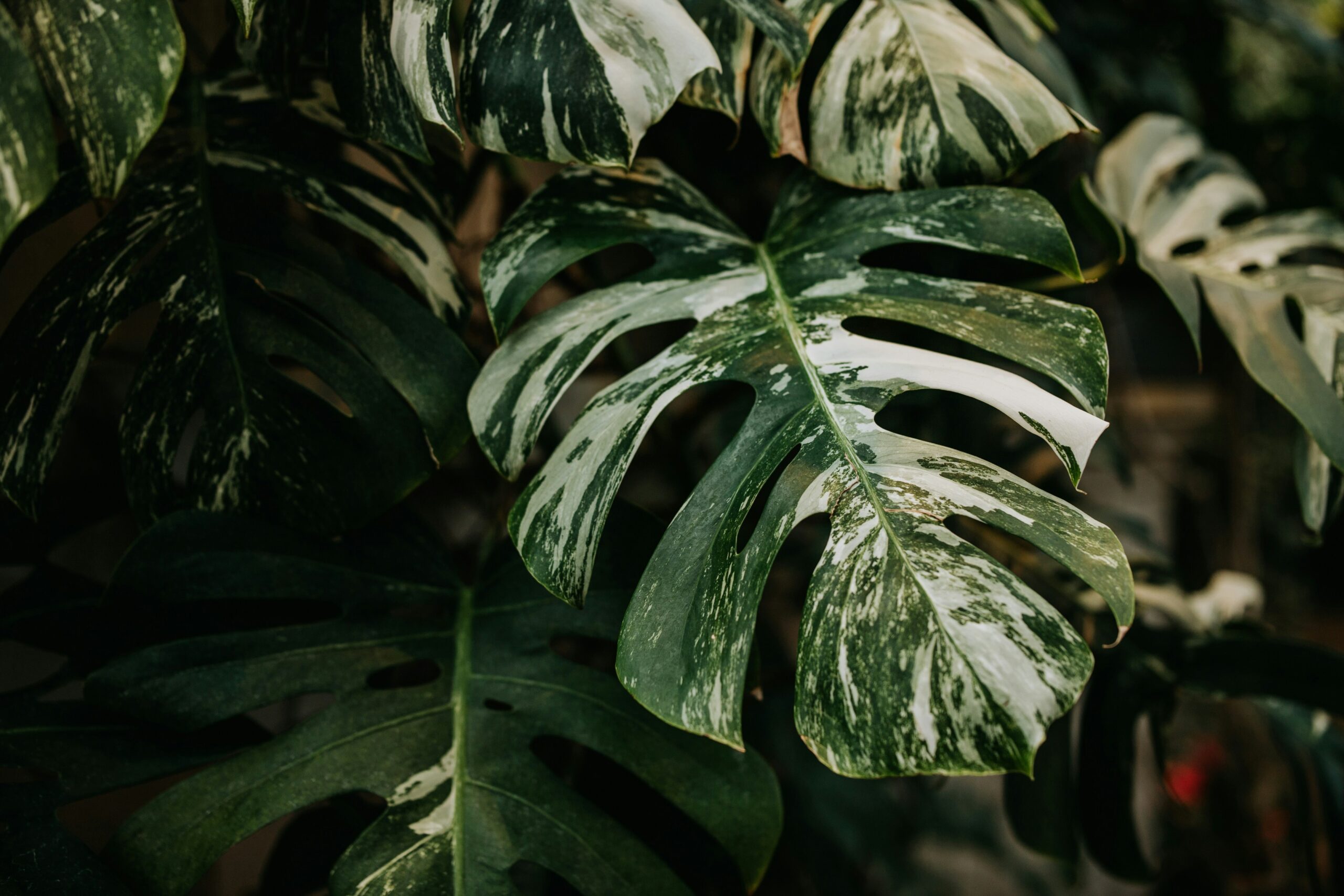The Extraordinary World of Rare Plants: 10 Botanical Wonders to Behold
Introduction
Our planet is home to an incredible variety of plant species, each with its own unique characteristics and beauty. While some plants are common and easily recognizable, there are also rare and elusive species that are a wonder to behold. In this article, we will explore 10 types of rare plants on Earth, showcasing their extraordinary features and highlighting the importance of preserving these botanical treasures.
1. Corpse Flower (Amorphophallus titanum)
The Corpse Flower, also known as Amorphophallus titanum, is a rare and fascinating plant native to the rainforests of Sumatra. It is renowned for its enormous size and distinctive odor, which resembles that of rotting flesh. The Corpse Flower blooms only once every few years, making it a highly sought-after sight for botanists and enthusiasts.
2. Rafflesia Arnoldii
The Rafflesia Arnoldii is another rare flower that hails from the rainforests of Southeast Asia. It is known for its massive size and striking appearance, with petals that can reach up to one meter in diameter. The Rafflesia Arnoldii is also infamous for its foul smell, earning it the nickname “corpse lily.”
3. Welwitschia Mirabilis
Found in the Namib Desert of Namibia, the Welwitschia Mirabilis is a unique and ancient plant that can live for over 1,000 years. Its appearance is often described as otherworldly, with two long, strap-like leaves that grow continuously throughout its lifetime. This rare plant has adapted to survive in the harsh desert environment, making it a true marvel of nature.
4. Ghost Orchid (Dendrophylax lindenii)
The Ghost Orchid, scientifically known as Dendrophylax lindenii, is an elusive and ethereal plant found in the swamps of Florida and Cuba. It is named for its ghostly white appearance and the fact that it has no leaves or roots. Instead, it relies on a symbiotic relationship with a specific fungus and tree species for its survival, making it incredibly rare and difficult to cultivate.
5. Baobab Tree (Adansonia)
The Baobab Tree, belonging to the Adansonia genus, is a distinctive and ancient tree found in various regions of Africa, Madagascar, and Australia. Known for its massive trunk and unique bottle-like shape, the Baobab Tree can live for thousands of years. It is revered by local communities for its many uses, including providing shelter, food, and medicine.
6. Dragon’s Blood Tree (Dracaena cinnabari)
The Dragon’s Blood Tree, scientifically known as Dracaena cinnabari, is a rare and iconic plant found in the Socotra archipelago of Yemen. Its umbrella-like crown and red resin, known as “dragon’s blood,” give it a mystical and otherworldly appearance. The resin has been used for various purposes throughout history, including medicine, dyes, and varnishes.
7. Monkey Puzzle Tree (Araucaria araucana)
The Monkey Puzzle Tree, also called Araucaria araucana, is a unique and ancient coniferous tree native to the temperate rainforests of Chile and Argentina. Its name originates from the idea that monkeys would be puzzled by its spiky and impenetrable branches. The Monkey Puzzle Tree is now considered a vulnerable species due to habitat destruction and overexploitation.
8. Jade Vine (Strongylodon macrobotrys)
The Jade Vine, scientifically known as Strongylodon macrobotrys, is a rare and stunning vine native to the Philippines. Its vibrant blue-green flowers are a sight to behold and are often described as resembling jade gemstones. The Jade Vine is pollinated by bats, making it a vital part of the ecosystem.
9. Venus Flytrap (Dionaea muscipula)
The Venus Flytrap, or Dionaea muscipula, is a carnivorous plant native to the wetlands of North and South Carolina. It is known for its unique ability to trap and digest insects, using specialized leaves with sensitive trigger hairs. The Venus Flytrap’s carnivorous nature and fascinating adaptation have made it a popular subject of scientific study.
10. Night-Blooming Cereus (Epiphyllum oxypetalum)
The Night-Blooming Cereus, scientifically known as Epiphyllum oxypetalum, is a rare and enchanting cactus native to Central and South America. As its name suggests, it blooms only at night, with large, fragrant flowers that last for just a few hours. This elusive plant has captivated the imaginations of many, inspiring myths and legends.
Conclusion
Exploring the world of rare plants is a fascinating journey that reveals the incredible diversity and adaptability of life on Earth. From the Corpse Flower’s overpowering odor to the Night-Blooming Cereus’ ephemeral beauty, each rare plant has its own story to tell. It is our responsibility to appreciate and protect these botanical wonders, ensuring that future generations can continue to marvel at their existence.
